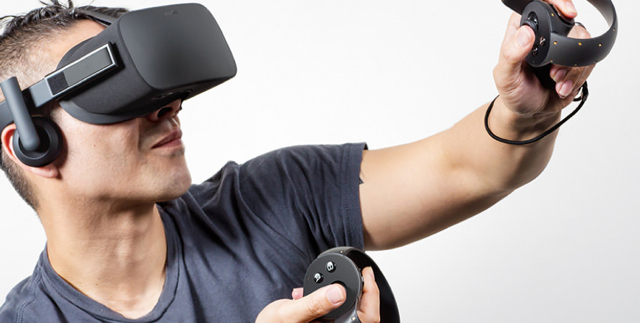CES 2016: Setting the Stage for VR Gaming’s Breakout Year
December 16, 2015
As the first major tech show for “The Year of VR,” the upcoming CES is likely going to be instrumental in setting the tone for the next wave of virtual reality devices. Largely seen as a platform for gamers, it is this segment of consumers that could ultimately drive large-scale adoption of the medium. In anticipation, the show organizers have dedicated a conference track and expanded the floor space devoted to gaming and VR by 77 percent. The devices and interfaces that debut at CES will become the foundation for E3 later in the year. We expect multiple HMDs to be announced, but, for gamers, much of the attention will be on the interfaces.
Since the closed-door meetings of its unofficial first showing at CES two years ago, Oculus has been the pace car of the VR renaissance. The first days of the show coincide with the opening of the company’s release window for the consumer version of its Rift hardware. But it will be interesting to see how much else the company will be looking to show off, especially in the way of partnerships and interfaces.
The company has developed its own controller, the Touch, but it has shown a willingness to partner with outside suppliers to improve its vision for VR. Content will also be an interesting question. Will we see more theatrical extensions akin to last year’s “Wild” experience or games like Oculus’ initial demos with “EVE: Valkyrie”?
Oculus’ primary competition will come from Sony, which should be able to leverage its existing media library and built-in PS4 pipeline to boost the platform. And given the amount of booth space the company dedicated to AR last year, one would expect Sony to pull out all the stops for PlayStation VR, formerly known as project Morpheus. Like Oculus, the company has also scheduled a release date sometime in the first half of 2016, so we hope to see a consumer-ready version of the platform soon.
This year’s CES also promises to give us the first glimpse of the other big-name VR platform, the HTC Vive. Born out of the partnership with the gaming force that is Valve, HTC is expected to premiere the second development version of its new HMD. The device is meant to offer “premium VR” and it is built with SteamVR in mind. The SteamVR system can create a room-scale experience that brings some elements of AR into the gameplay using multiple tracking sensors.
As evidenced by their interfaces, each company mentioned above is planning for a different paradigm of VR consumption. HTC is targeting whole-room VR, while Sony and Oculus are targeting the presumably larger market of “seated-VR.” Each use case has a specific set of requirements for natural movements within the simulated environment. It is this variety that should give rise to a glut of sensors and interfaces that could end up stealing the show this year.
Virtuix, for example, is betting that people will want to experience VR somewhere between sitting and walking around the living room. The company will again be touting its omni-directional treadmill system as a way to accomplish this, but the price point still screams power-user at $700. The appeal is definitely there, though, so we may begin to see democratization of the sensor and controller space, similar to what is happening among VR HMDs.
This could begin with companies like YEI Technology, creators of the PrioVR consumer-priced motion capture suit aimed at VR gamers, or even more traditional, controller-centric offerings like Sixense’s STEM system. Yet another alternative can be found in systems like uSens, which take advantage of cameras built into HMDs to provide controller-free, gestural interfaces.
Be sure to check back with ETCentric in January, as we bring you the latest in VR and gaming news from CES in Las Vegas.


No Comments Yet
You can be the first to comment!
Sorry, comments for this entry are closed at this time.